Previously published on Blooloop
After writing a previous post about shopping mall experience, How to boost shopping malls: It’s about engagement, not entertainment, I received several invitations to visit new malls and got involved in many discussions, including the last digital MAPIC conference. This led to new insights, but also to a kind of disappointment. Especially after I got invited to visit a few so-called “mall 2.0.”
Sorry to the friendly hosts that invited me, but I still didn’t feel a real difference in the shopping mall guest experience.
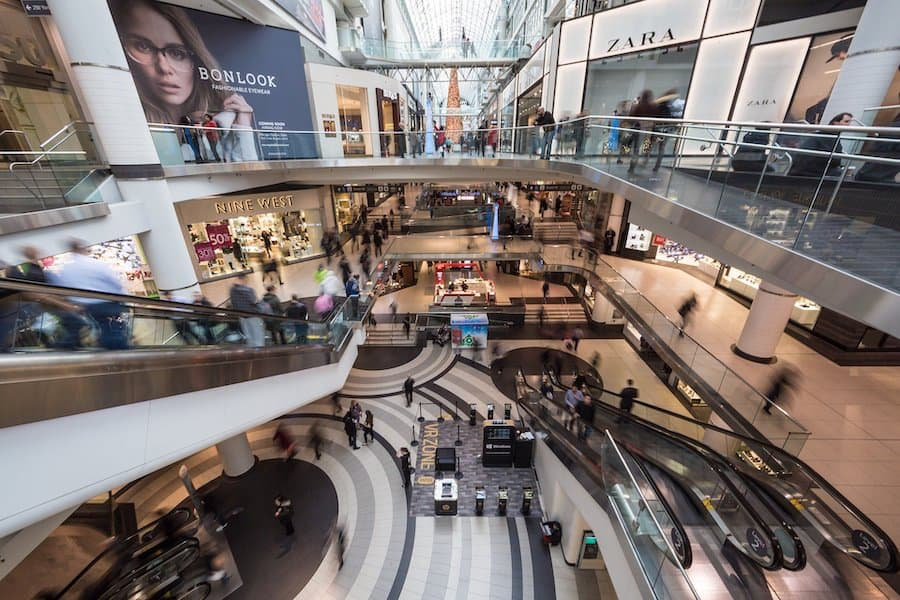
Sure, compared to traditional mall design the architecture improved. The new malls are brighter, the isles are wider, and the materials used are of higher quality. And yes, the number of F&B outlets have grown. On top of that, the level of service increased. There are better parking garages, better signing and more service desks.
But I still missed the most important item for the mall 2.0: Where is the shopping mall guest experience?
The unique differentiation factor
After more than 25 years working in the Location-Based Entertainment industry, the guest experience is so important to me that I developed strange behaviours: I can’t walk around in a mall, museum, theme park, tourist city or any other destination anymore without asking myself: “what is the real unique guest experience here?”
My family got used to this behaviour and, during our family trips, let me struggle over this question, as well as another essential one: “Why do guests choose this destination above many others, now and in the future?”

It baffles me why most developers are not positioning this as the central question when (re)designing their assets. The reality is that these days, most people are spoiled. They can choose from an enormous offering and will base their choice on factors relevant to themselves.
For malls, some of these factors are easy to define. For instance, easy parking and a large, attractive range of shops. The atmosphere of the mall is also a factor, created by architecture and a selection of F&B outlets. Here, the new mall 2.0 is ticking the boxes. But these are relatively easy to copy and not sustainable. Where is the sustainable differentiation factor?
Finding inspiration from old cities
Most malls are still designed on logistics and are based on the model of transporting guests as efficiently as possible, from the parking lot to inside the mall and from shop to shop.
The question is: Do guests really want this? Or would they feel more acquainted with less efficient models, ones that leave more to their own ingenuity and imagination?
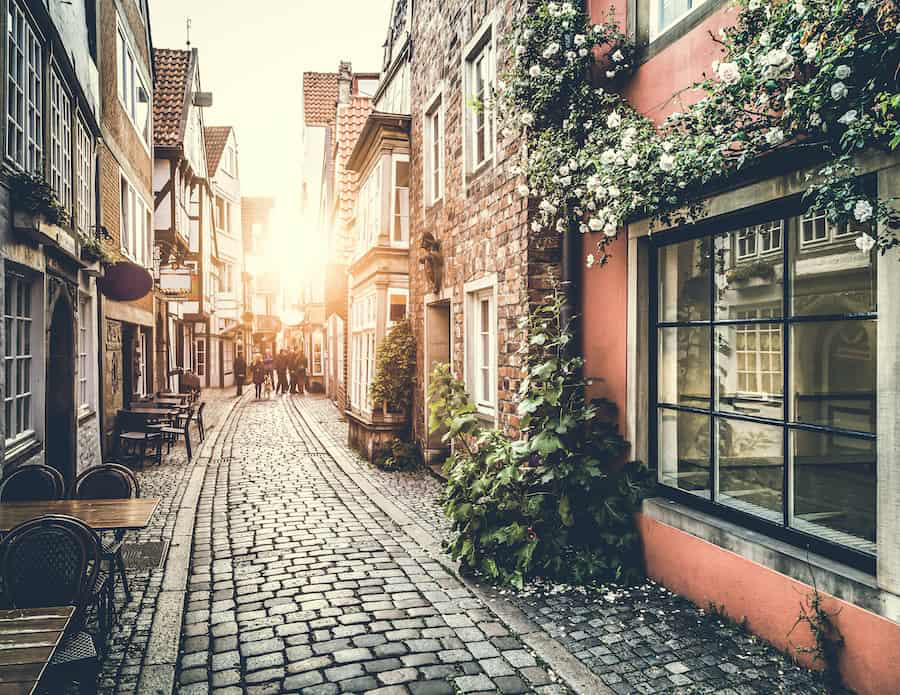
The answer might be closer to retail experts than they can imagine. Think about the old city centres in Europe. They are still very popular to hang out in, even during COVID times. They are not designed to be efficient. Parking is often a nightmare; shoppers need to search in a maze of streets to find a shop and there are crowd bottlenecks everywhere. Old cities have grown naturally over decades and did not have the chance to plan efficiently. But by growing naturally, they have built up a unique atmosphere.
Every old city downtown has an atmosphere that cannot be copied. This is why they continue to be popular, despite all the inefficiency.
What can Malls 2.0 learn from theme parks?
Let me compare this with the theme park industry. For many years, the basic factors for a successful theme park were offering enough rides and a large and/or fast rollercoaster. And still, the majority of parks use this model.
But for some parks, the decision of which rides to buy isn’t that important. Instead, they concentrate on the guest experience. They ask themselves all the time: “How can I create an experience that guests connect with?”
Additionally, the best ones think one step further, asking “How do I create a guest experience that establishes a unique character for me, providing a unique identity that is not easy to copy?”
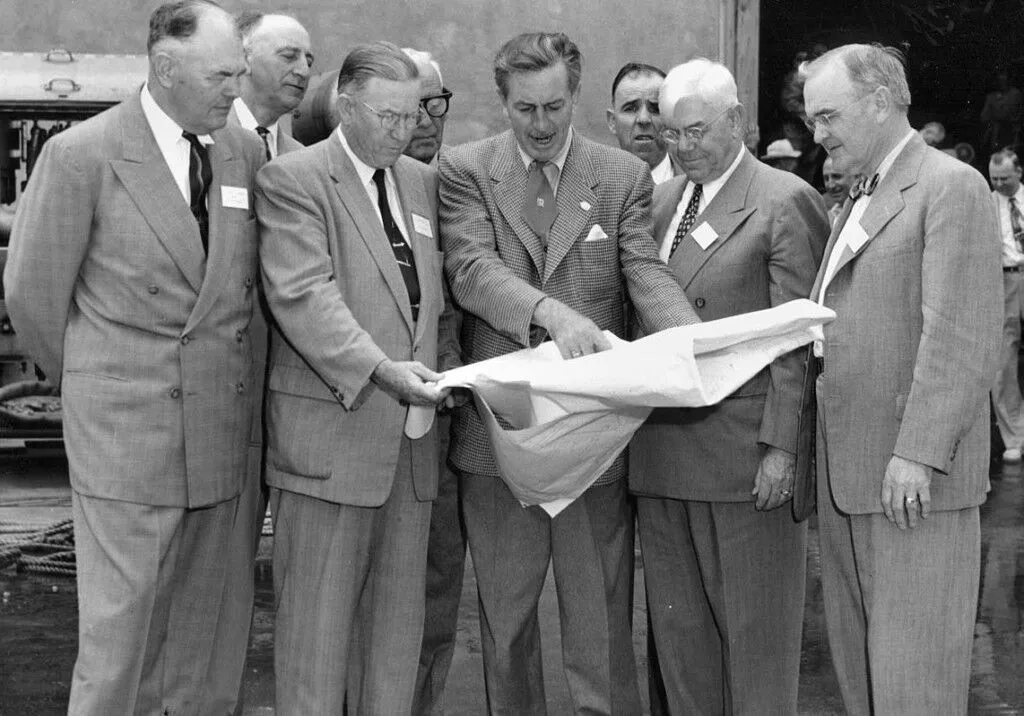
This all goes back to the early days of the most successful park ever designed: Disneyland.
Walt Disney knew for this park, and every park later, exactly what he wanted to achieve for his guests. He created a clear Theme Statement reflecting the feeling he wanted to convey. Next, he did everything to get this across. Every item in the park contributes to the Theme Statement and operations procedures are 100% in line with it. This creates the park’s own unique identity.
Other newly designed parks and successful extensions adapted this thinking and became successful as well. Great examples are Puy du Fou in France and the Harry Potter extensions at Universal parks.
ROI
Working that way requires a high standard of detail, which obviously leads to extra investment. From an accountancy point of view, it will look like this extra investment doesn’t support the ROI.
“No one will see those details” is an often-heard cliché from budget controllers during theme park design meetings. But passionate designers who know the theme park business will insist that only by working to a maximum level of detailing will you trigger the senses of the guests, connecting them with the unique feeling that only this theme park gives.
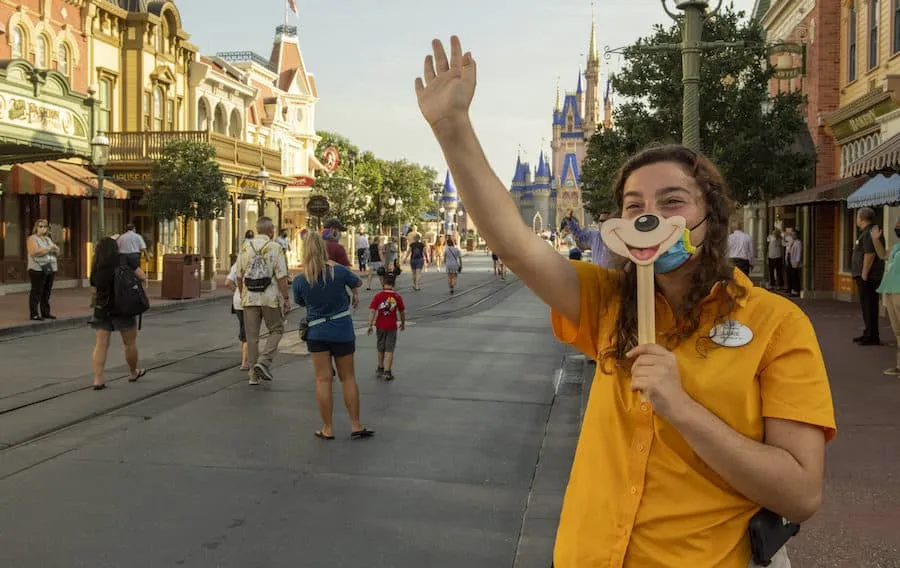
But it doesn’t end with design. Staff behaviour is an essential factor in the transformation of your guests towards the role of brand ambassador. Leading theme parks provide staff members with acting lessons, helping to enhance the visitor experience at every moment and in every role. Furthermore, they also improve the guest experience by having live music and street artists, as well as making sure everything is 100% clean and providing smiles at every moment.
And for the accountants: Yes, all these actions cost money and don’t contribute directly to the ROI. So why are theme parks doing it?
If these actions are played well, guests will enjoy a positive connection with your unique atmosphere. As we all know, connecting with guests in a positive way means that they will spend more and, in the end, become an ambassador. They will recommend the park to friends and also likely to return again.
This extra spending, free recommendations and return visits are contributing to your ROI. Many examples from the theme park world show that this model, if executed well, does work.
Handling the variable “emotion”
Theme parks are high capital projects, with extensive feasibility studies, in which the potential emotional connection is taken into account. Including the emotional connection into feasibility is subjective, especially when the project is not built yet.
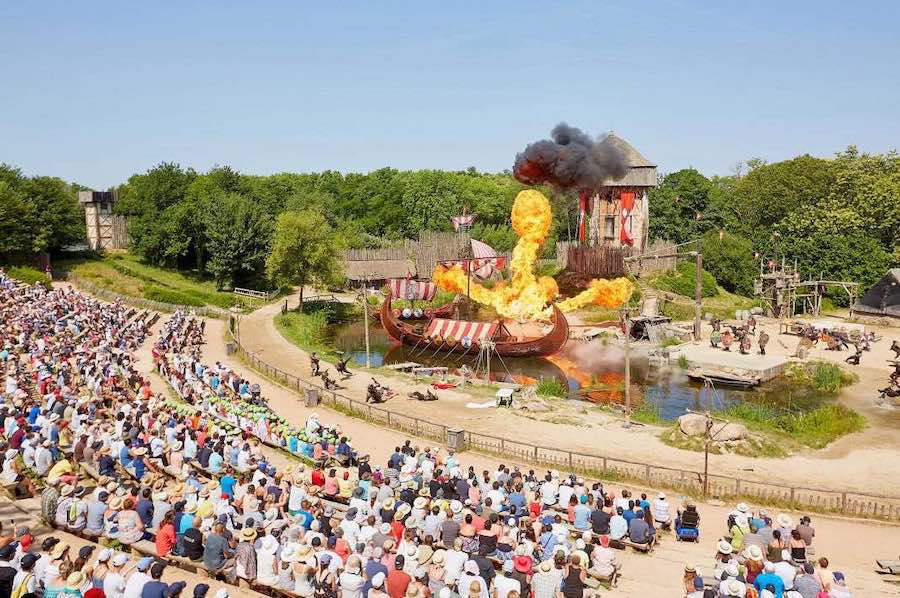
But some questions can help you to gauge whether the emotional connection will work in your mall 2.0 project. Here are four main ones:
- Do you have a clear unique theme statement fitting to your target group?
- Does the design clearly reflect the theme statement?
- Does your design team really understand how to transfer the drawings into a real environment, touching emotions? Please check their track record carefully!
- Does the estimated budget allow the theme statement to be executed to a level that this emotional connection can be made?
If you answer yes to these questions, there will be a fair chance that the emotional connection will work, and your final ROI will turn out better.
Malls 2.0: think different in design
With the changing shopping mall landscape, mall developers can learn a lot from the themed entertainment industry. Instead of thinking about square metres, logistics and the latest architecture only, they should also start to think about how to emotionally connect with guests.
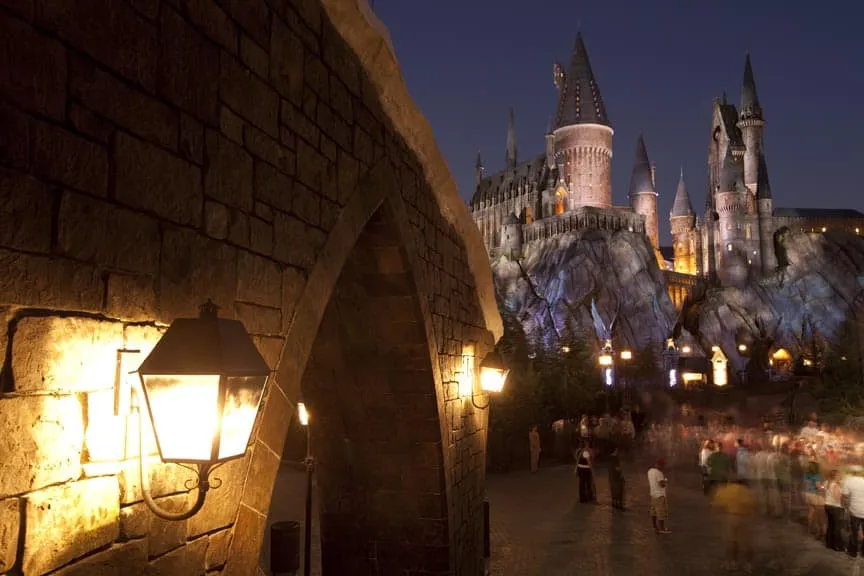
The way to start this thinking is really easy and is fun to do: Go with a team to the most successful theme parks, study how they entice the guests to happy, to spend more and to return again. After this enjoyable step, contact theme park specialists to help you to think from the most important starting point: how to create a meaningful guest experience.
This method of increasing the shopping mall experience can lead to increased footfall, which will raise your tenants’ income, which will translate to higher rents, thus improving your ROI and making even your accountant and shareholders happy.
